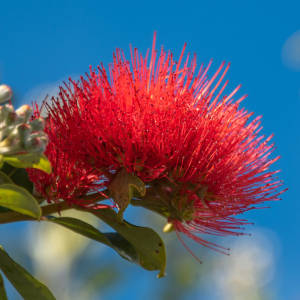Covered in a carpet of Bluebells
Little Hagley Park looks wonderful at this time of year with all the Bluebells, Whitebells and Pinkbells. I am not to sure what kind they are.. on looking them up I thought they may look more Spanish but they also look a bit English. Cross-breeding between the two species maybe what they are.
The part shade to dappled sunlight here in Little Hagley Park suits them well and they make a beautiful display of colour. When I was taking these shots a woman that was passing said to me.. "Don't they look like a Monet painting... ever so good for the the soul". And put her hands on her chest.
All About the Bluebell
The plant was first called Hyacinthus by the botanist Linnaeus, because of their resemblance to the wild hyacinth which meant that he associated it with the Greek myth of the youth Hyacinth who was beloved of Apollo the Sun god and Zephyrus the god of the West Wind. Hyacinth loved Apollo best and the jealous West Wind sent a quoit in the wrong direction while Hyacinth was playing quoits with Apollo, and he was killed by its blow. In his grief, Apollo caused a hyacinth flower to grow from the blood of Hyacinth and the letters Ai Ai (alas, alas) were written on it. The bluebell was called Hyacinth nonscripta because it was not written upon.
In the language of flowers the bluebell means constancy, humility and gratitude and is a symbol of humility and gratitude.
Traditionally the bluebell root was used as a styptic (which stops bleeding by contracting the bleed vessels and tissue) and diuretic, and also as a substitute for starch when huge white ruffs were fashionable (Elizabethan and Jacobean times). The bulb contains inulin and mucilage and trials are underway to teat the efficacy of the bluebell for the treatments of infections stemming from HIV and cancer treatments, but the trials are still in the early stages.
For more information on the Bluebell.

Comments
Sign in or get an account to comment.


